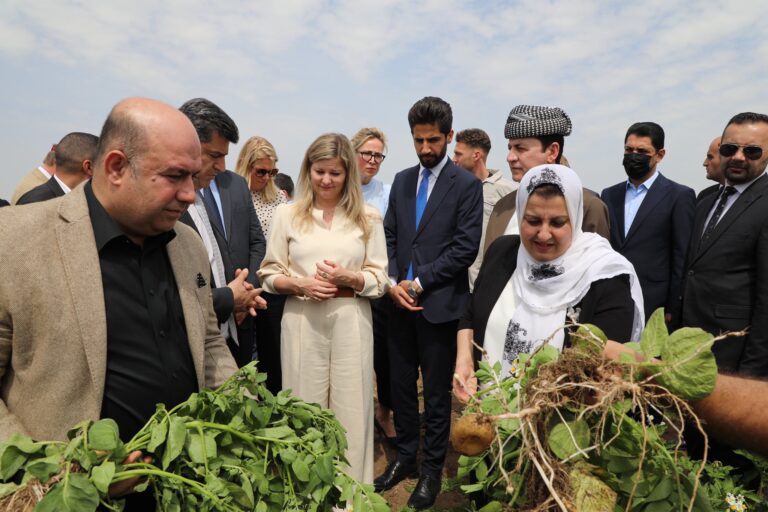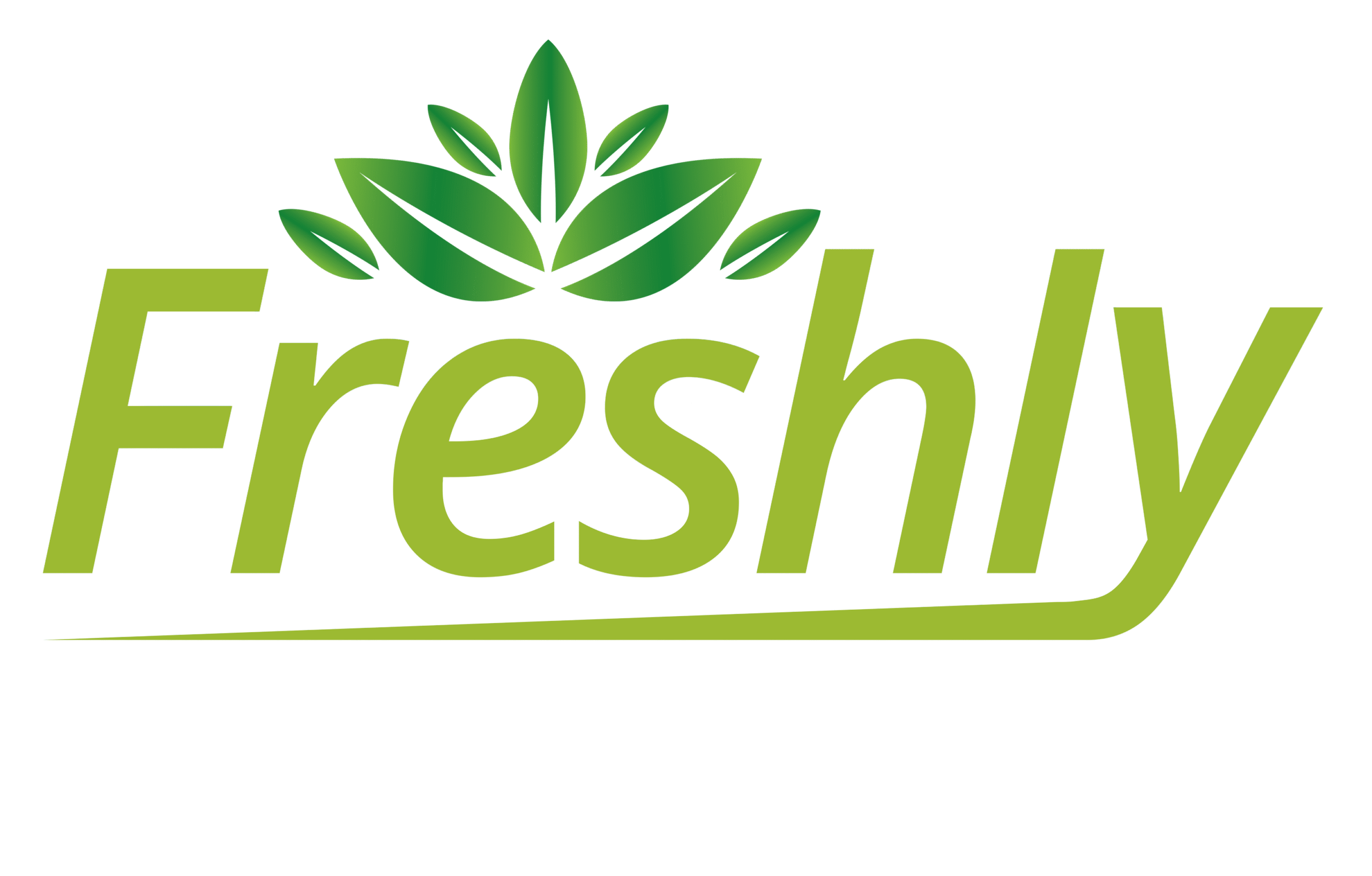
Overview:
2024 saw a digital transformation in the Kurdish agricultural sector, with agri-tech innovations reshaping how farmers grow, manage, and sell their crops.
In This Article:
- How AI-driven soil analysis improved fertilizer efficiency by 25%
- Case study: A cooperative in Erbil using drones for crop monitoring
- Success of mobile apps that provide real-time weather updates and market prices
- Voices from young agri-entrepreneurs pioneering hydroponics in Halabja
Key Insight:
Agri-tech adoption is accelerating in Kurdistan, closing the knowledge gap between rural growers and global markets.
About The Article
The Rise of Agri-Tech in Kurdistan: 2024 Review
A Year of Digital Growth in Agriculture
2024 marked a transformative year for agriculture in Kurdistan. As challenges such as climate variability, soil degradation, and market volatility persist, a new wave of innovation swept across the region’s farms—powered by agri-tech. This review highlights how technology is reshaping Kurdistan’s agricultural future, increasing yields, reducing waste, and empowering farmers of all ages.
AI-Driven Soil Analysis Improves Fertilizer Use
One of the most impactful technologies adopted in 2024 was AI-based soil analysis tools. Used by dozens of medium to large-scale farms across Sulaymaniyah and Duhok, these tools scanned nutrient levels and soil pH in real time. By generating detailed soil health maps, farmers were able to:
- Cut fertilizer use by up to 25%
- Improve yield per hectare by 18% on average
- Prevent over-fertilization that harms the environment
As local agricultural extension offices began offering training on these tools, smaller farms started to gain access through cooperatives and mobile agri-services.
Drones in the Skies: A Cooperative’s Story in Erbil
The Erbil Agricultural Union Cooperative launched its drone pilot program in early 2024 with support from a regional agri-tech startup. These drones performed aerial surveillance and multispectral imaging to monitor crop health across 400 hectares of wheat and barley.
Results were impressive:
- Early pest detection reduced pesticide use by 32%
- Watering efficiency improved by 22% with precise moisture zone mapping
- Harvest planning became data-driven, reducing labor bottlenecks
Farmers, many of whom had never used a smartphone five years ago, are now reviewing drone data before their morning tea.
Real-Time Weather & Market Price Apps Take Off
Several mobile applications saw widespread adoption, particularly in Halabja and Ranya. Apps like AgriPulse Kurdistan and Hewar WeatherPro provide live updates on:
- Weather forecasts tailored to farming zones
- Government market price updates for grain, vegetables, and livestock
- Alerts for frost, drought, and storm risk
These tools helped farmers plan irrigation, time their harvests, and negotiate better prices with buyers. According to user surveys, over 2,000 farmers downloaded at least one agri-app in 2024 alone.
The Rise of Hydroponics in Halabja
Hydroponics—once a futuristic concept in Kurdistan—is now a grassroots movement, thanks to young innovators. In Halabja, a group of agricultural graduates launched “GrowRoots”, a startup that set up modular hydroponic greenhouses in backyards and rooftops.
Highlights include:
- Growing lettuce, basil, and strawberries with 80% less water
- Zero-pesticide farming for urban markets
- Partnerships with schools to create agri-tech learning hubs
GrowRoots trained over 300 youth in their first year, many of whom are now setting up their own units across Kurdistan.
What It All Means
Key Insight:
The adoption of agri-tech in Kurdistan is no longer experimental—it’s essential. Whether it’s AI-enhanced soil health, drone-guided crop management, or urban hydroponics, the region is bridging the digital divide in agriculture. What once seemed futuristic is now a daily tool on farms.
As we enter 2025, this trend shows no signs of slowing. With continued investment, training, and local entrepreneurship, Kurdistan is poised to become a regional leader in smart, sustainable farming.
